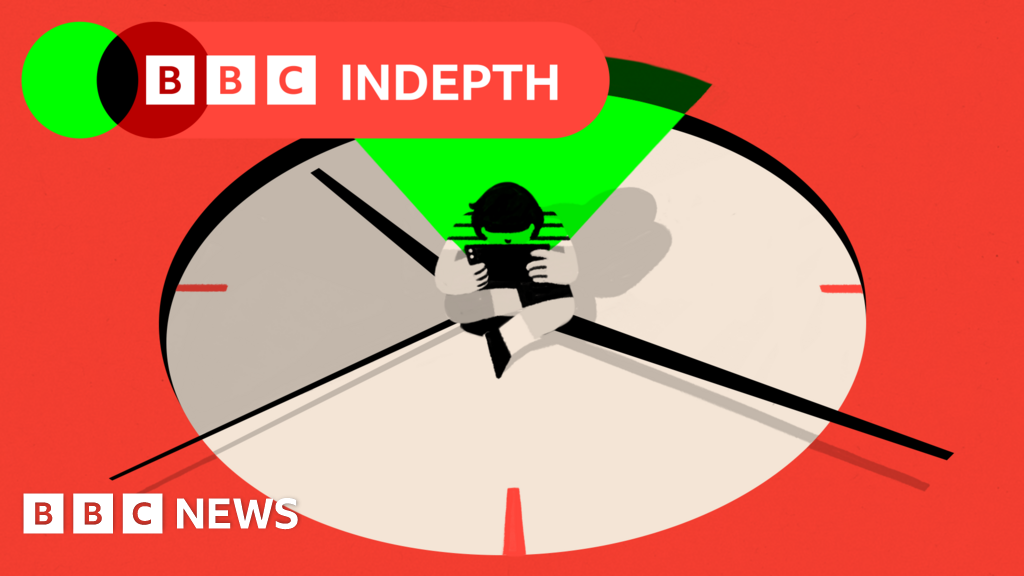How email tracking works behind the scenes
Phone numbers leak more info than you might expect. They tell, based on country and area code, where the caller’s located—or at least where their phone number was registered. The caller’s name is likely to pop up on caller ID, and their carrier may be discoverable with a quick lookup. One could infer that the caller is awake and available at the time of the call. And if the callee answers, one can also infer that they are available—that they heard the call, saw the info, and decided to still take the time to talk.
“Caller ID poses invasion of privacy,” shouted the Chicago Tribune’s headline in 1990. “Ever since Alexander Graham Bell invented the telephone in 1876, there has been an expectation of privacy,” the piece argued (forgetting, apparently, the original human operators who originally connected phone calls, and the party lines that made eavesdropping all-too easy). “The contrivance of new technology cannot change that expectation. And a person should not be forced to give it up.”
Email itself is innocuous enough. An email address shares no more data than a phone number; at most you could guess the email address owner’s name and learn their workplace, educational institution, personal site, or preferred tech company from the domain.















